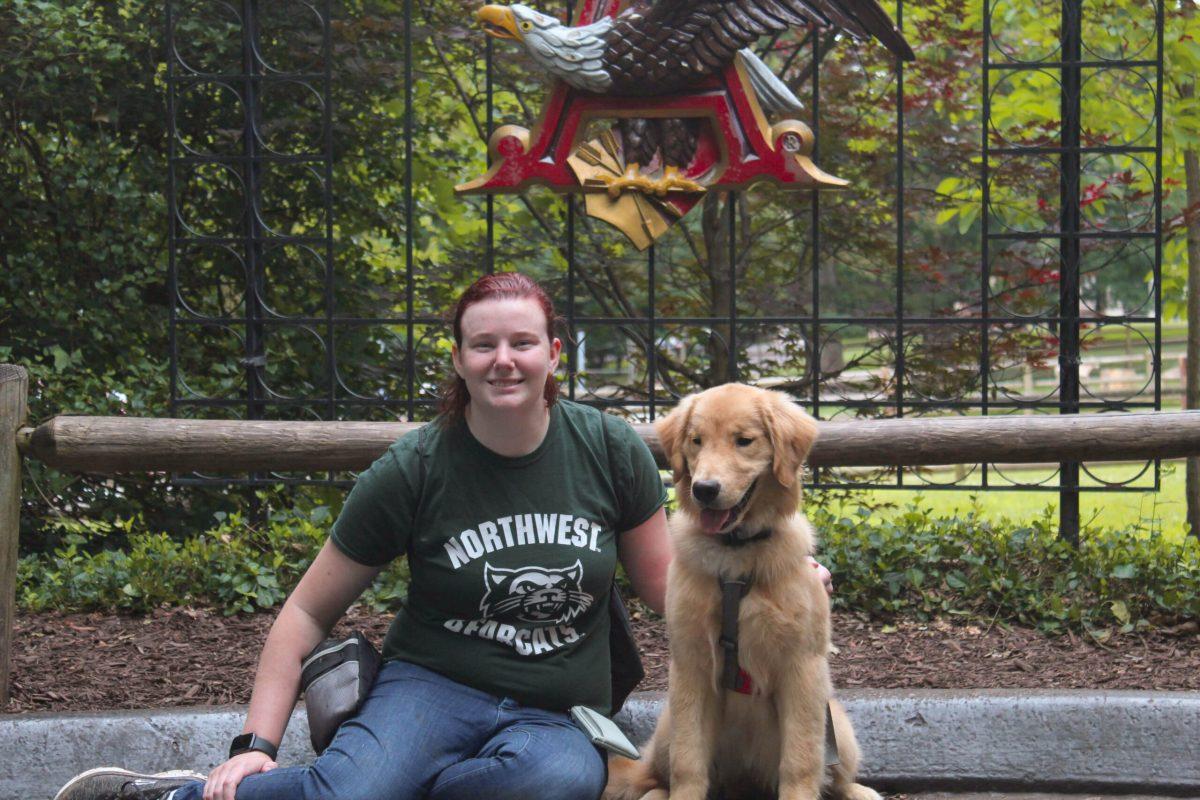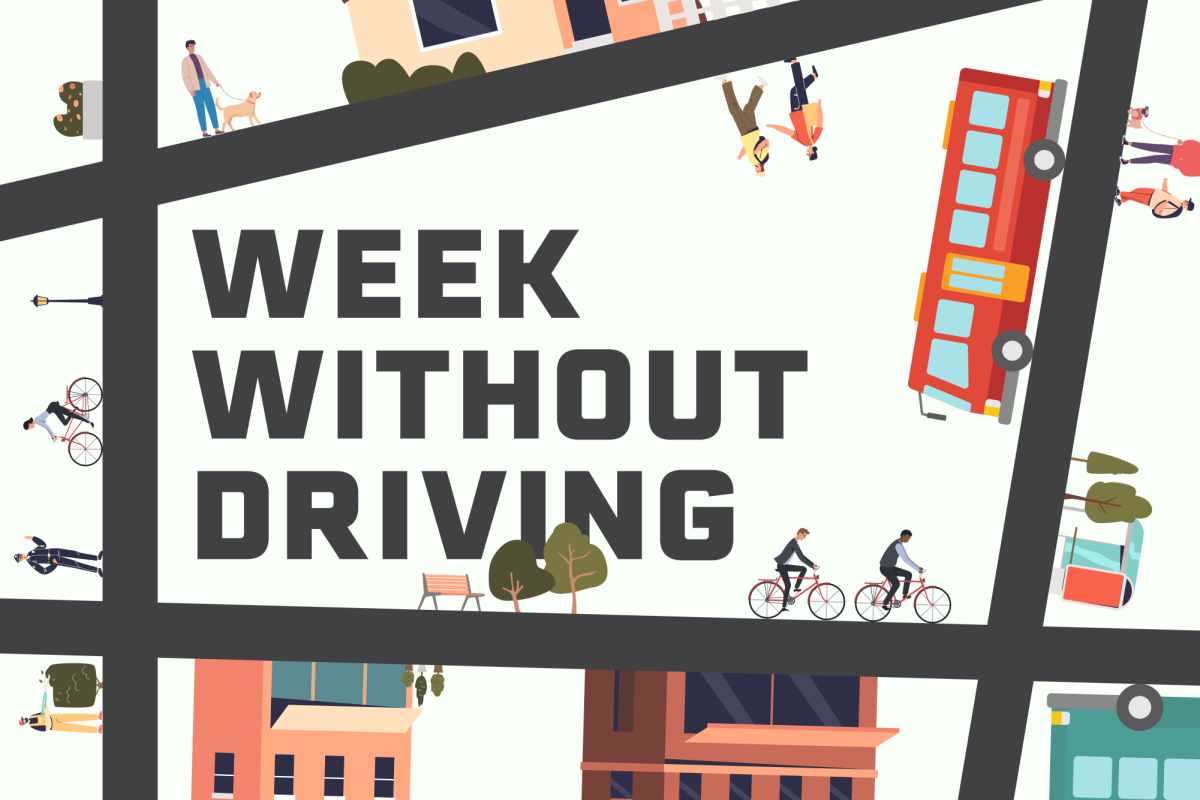Emotional support animals are becoming more and more common, but there’s still stipulation on the effect they have.
Junior Brooklyn Shumate has a dachshund named Gibson as her emotional support animal. Some people may not know the difference between an emotional support animal and a service animal.
“The biggest difference is that service animals are rigorously trained and qualified, which means they cost a whole lot more than just a pet, where an emotional support animal can be any animal, just something to keep you level,” Shumate said.
ESAs have to be verified by a medical professional. The medical professional, such as a primary physician or psychiatrist, will normally need to have a history with the person wanting an ESA and will help determine whether an animal would benefit them.
“There’s not a lot of research done on it yet,” Shumate said. “My primary physician had to determine that an animal would support me through schoolwork and daily life away from home.”
Shumate also advises against seeking online documentation for getting an ESA approved.
“Don’t buy anything online that says someone will certify an animal,” Shumate said. “It won’t be recognized, and it’ll cost you money when the legitimate thing should be free.”
Shumate said another factor to think about is the type of pet that would suit a person’s needs the most. Someone may like dogs, but having one as an ESA might not be the best idea. One should think about the amount of care needed to be put into the animal. If taking a dog out seven times a day would stress a person out even more, then he or she shouldn’t get one.
“I have a routine with [Gibson],” Shumate said. “My break in the day is seeing him. Depression and anxiety improves with a routine, and dogs live by routines. I can’t just lay in bed when I’m depressed. He gives me a purpose and a reason to get up and take a walk.”
Shumate also had to think about her living situation. For a brief period, she considered taking her dog she already had at home with her to Columbia, a poodle and Bernese mountain dog mix named Auggie, but soon realized that wasn’t going to work.
“I knew I could get anything since there’s no restriction, but I knew I wanted a dog,” Shumate said. “I needed a small dog so he could live comfortably in an apartment, and I wanted to adopt rather than just buy. Dachshunds mainly showed up, and I came across a little puppy named Farley from Oklahoma.”
ESAs aren’t allowed in classrooms like service animals are. They don’t have the training service animals have and don’t wear vests either.
“They can be a huge distraction to yourself and others; they aren’t trained,” Shumate said. “Gibby would make my life 10 times more stressful at school because I’d have to pay attention to him. I would want him there if he were calmer and had more training.”
Shumate says that ESAs are great opportunities for people, but advises others to not take advantage of it. There isn’t much research on the benefits of ESAs, and it would make things difficult for people with service animals. Not taking that seriously could downplay the small amount of research available on the benefits.
Junior Allison Hofer has a service dog, an 8-month-old golden retriever named Remi.
“She’s training to be a medical alert dog to recognize the changes in my blood chemistry. She’s going to be trained for object retrieval,” Hofer said.
Hofer decided to train Remi herself, giving her the flexibility of choosing her service animal.
“I just went with a really good golden retriever breeder, and a temperament test can show if a puppy has the potential to become a service animal,” Hofer said. “There are some breeds that are better for service than others, which include golden retrievers.”
Hofer also has an ESA from her freshman year of college, a cat named Oliver, but eventually needed a service animal to provide more help.
“I had an emotional support animal for my crippling depression,” Hofer said. “He basically kept me alive, and I still consider him my emotional support animal.”
Even with the differences between the two types of animals, both have the same purpose: to mutually improve the lives of both animal and human.
_Edited by Laura Evans | [email protected]_













